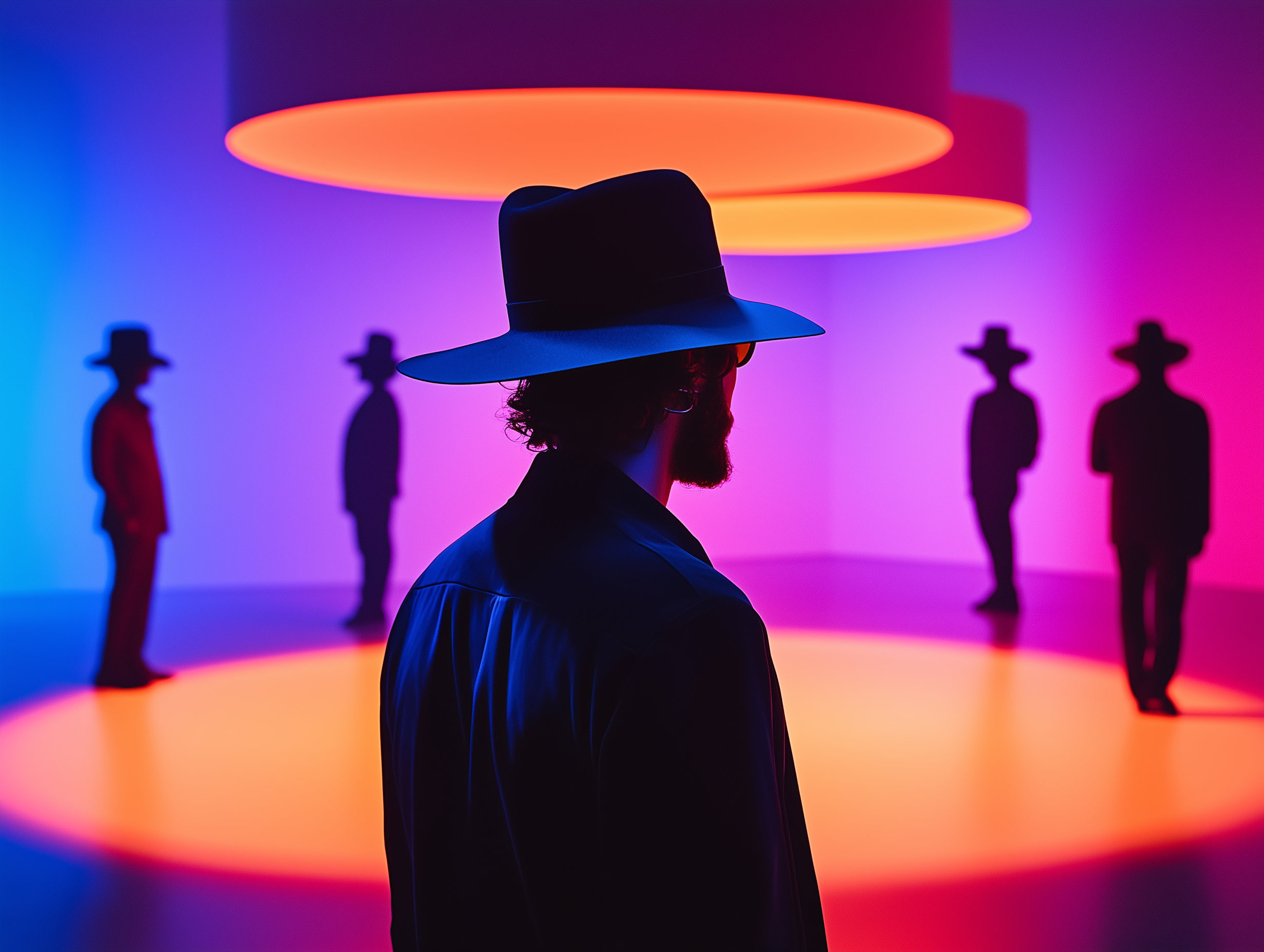Designing Smarter: What Wearing 10 Creative Hats Really Means
How many hats are you wearing?
Designing for Impact: Why Memory Is the True Currency of Experience Design
How today’s exhibition and experience designers blend traditional design expertise with AI-assisted processes to navigate complex projects, wear multiple hats, and stay creatively in control.
When I landed my first job in exhibition design, I thought I’d be doing one thing: designing exhibitions. Simple, right?
But it didn’t take long to realize I was also expected to be a visualizer, a researcher, a strategist, a graphic designer, a storyteller and somehow, despite no formal training, a client manager, a content developer, and a persuasive presenter all rolled into one. In different languages.
In our industry, especially in smaller teams or agency settings, wearing multiple hats isn’t a bonus skill, it’s survival. And in a world of shrinking teams, tighter timelines, and rising client expectations, that survival game is evolving.
This article isn’t about replacing roles with AI. It’s about designing smarter. Using AI-assisted processes to support the rigorous creative methods we’ve spent years mastering.
The unexpected growth that comes with the role
Working in exhibition and experience design has always required versatility. But the demands of today’s market have amplified our responsibilities. Clients expect rapid turnarounds, immersive narratives, and high-impact visuals. All under pressure.
Somewhere along the way, we stopped being just designers. We became experiential directors, leading multi-disciplinary visions with fewer people and less time.
And yet, I don’t see this as a creative crisis. I see it as a turning point. One where designers who embrace both traditional craftsmanship and AI-assisted workflows will have more control, more clarity, and more creative capacity than ever before.
The 10 hats an exhibition designer wears!
In a single project, we might take on multiple roles as:
Exhibition Designer – Designing spatial journeys, concepts, and intent
Content Strategist – Defining what matters and how to tell it
Graphic Designer – Translating ideas into visual language
3D Artist – Sketching form and architectural structure
Narrative Copywriter – Crafting voiceovers, labels, and interactive copy
Client Whisperer – Bridging vision and expectation
Pitch Presenter – Selling concepts with precision and storytelling
Budget Realist – Balancing ambition with feasibility
Researcher – Finding evidence, context, and story roots
AI Director – Curating prompts, shaping outcomes, and guiding intelligent tools
Where AI belongs (and where it doesn’t)
In my own work and in the course I now teach, I don’t use AI to automate creativity. I use it to support moments where time, clarity, or mental bandwidth might be stretched.
For example:
Using AI to analyze long-form research data safely (without becoming LLM training data), extracting key themes, nailing down project direction
Inputting a hand-drawn sketch or white model render to generate early-stage visual references
Drafting a concept film with AI-assisted storyboarding tools to prototype mood, emotion and narrative flow
These are not AI-driven outputs. They are AI-assisted enhancements, woven into a process that remains fully grounded in professional creative practice.
Three mindset shifts for multidisciplinary creatives
If you’re overwhelmed by the pressure to “do it all”, and now “learn it all”, I get it. But here’s how I reframed that pressure into progress:
Start with one layer – Use AI to support just one part of your current process (e.g., research or layout).
Stay in the director’s seat – AI needs clear guidance. It’s your job to shape it, not to hand over the reins.
Prototype, don’t perfect – Let AI help you explore, not deliver the final result. You own the finish line.
Designing experiences starts with designing ourselves
As exhibition and experience designers, we don’t just create spaces – we shape how people feel, connect, and remember. Wearing many hats may feel exhausting at times, but it also gives us a uniquely human lens into what truly matters in design: empathy, intention, and imagination.
And when we use AI to remove friction – not thought – we give ourselves more space to be the creatives, leaders, and storytellers we were trained to be.
Which creative hats are you wearing right now in your process? And where do you wish you had more support – human or AI?
If you’re not an exhibition or experience designer, I’m sure you can still relate to what it means to wear many hats – to switch between roles, skills, and perspectives to bring a vision to life. That ability to cross-connect disciplines within the affinity of your job scope is what makes creative work so powerful, no matter your field.
The Ultimate Metric of Success: Educational Foreshadowing
Knowing what is possible and how it can support your creative process is truly the mastery skill of our time.
👉 Interested in learning how to support your creative profession with AI? Join the course waitlist here.

